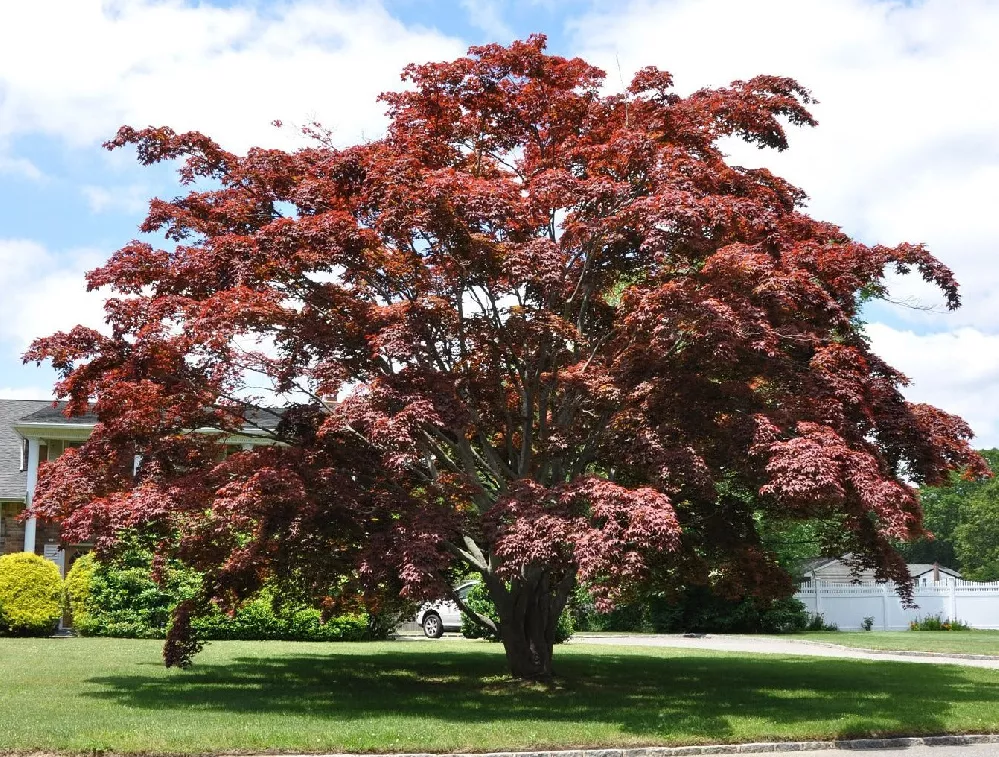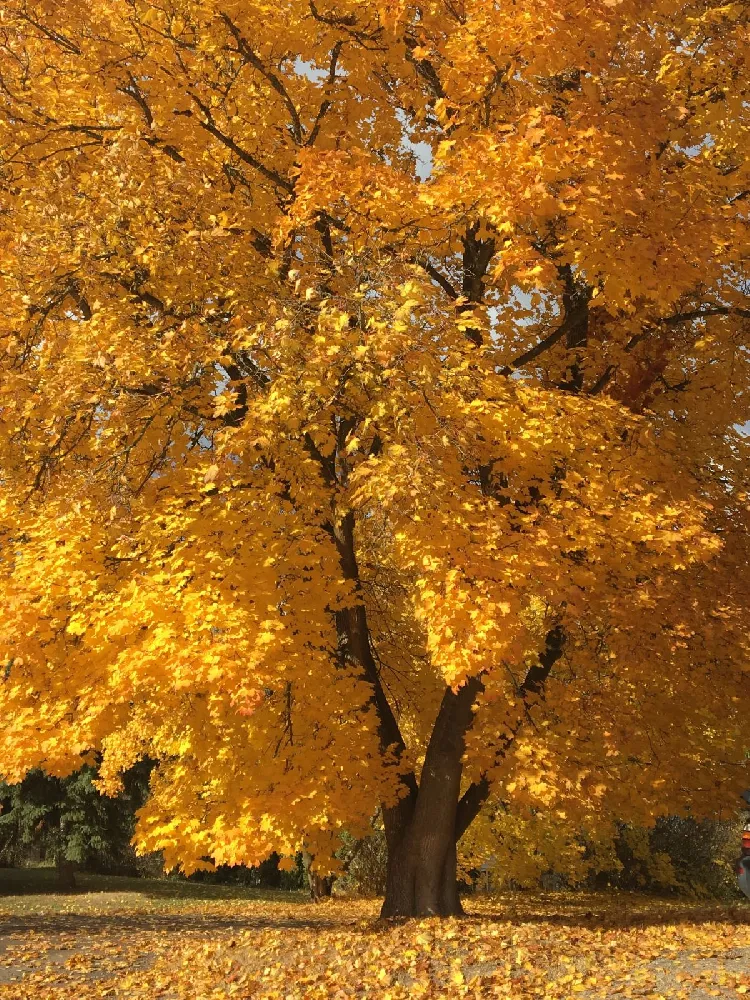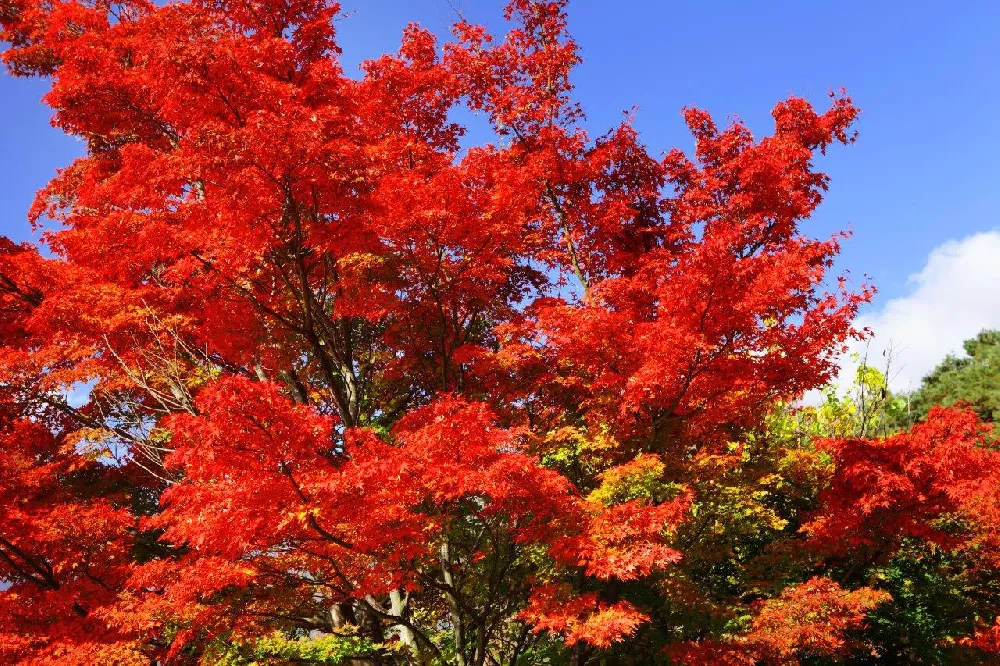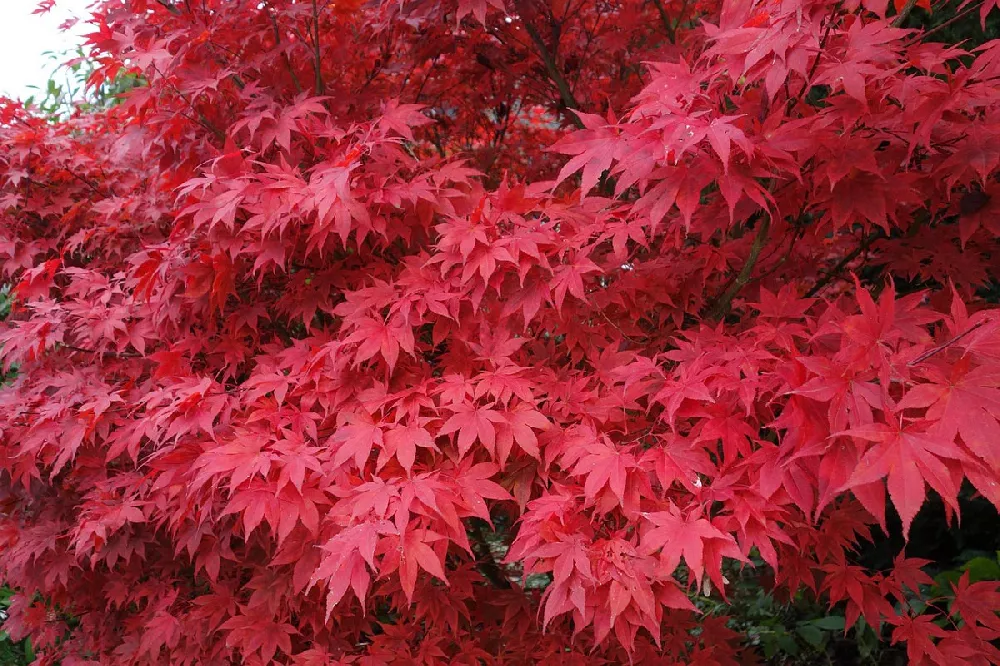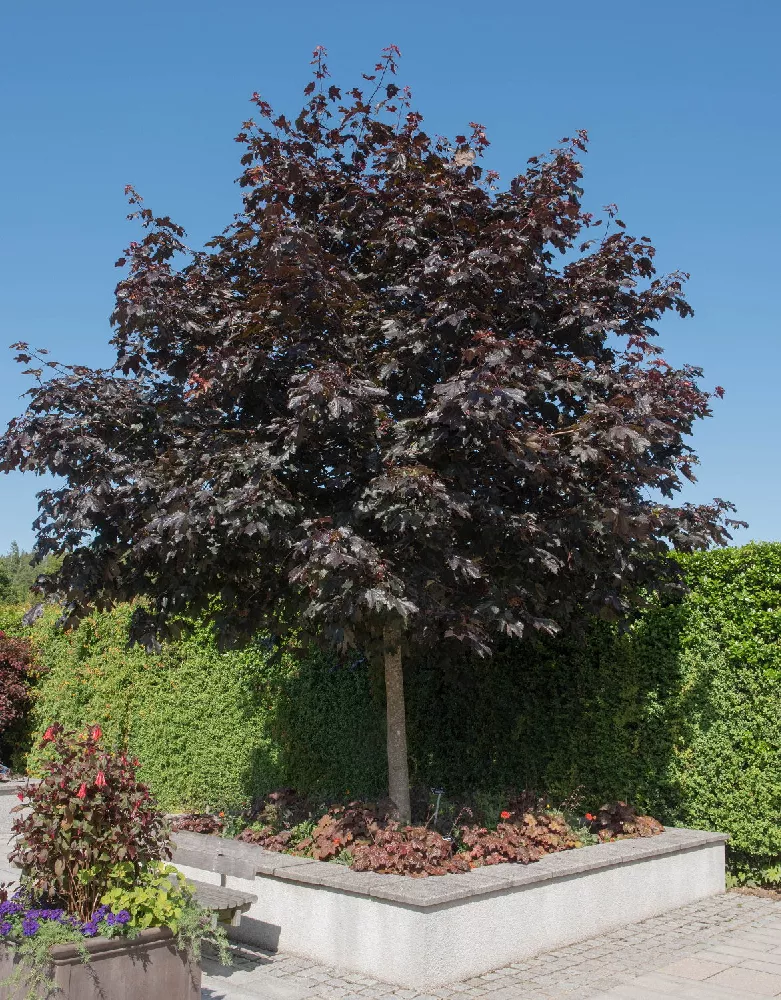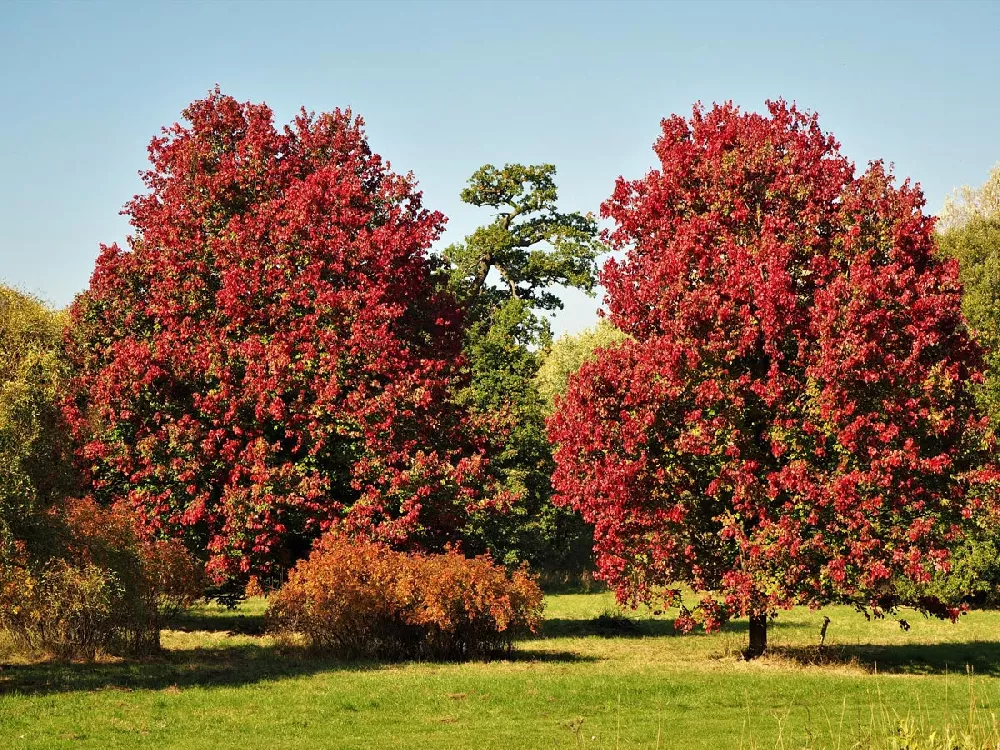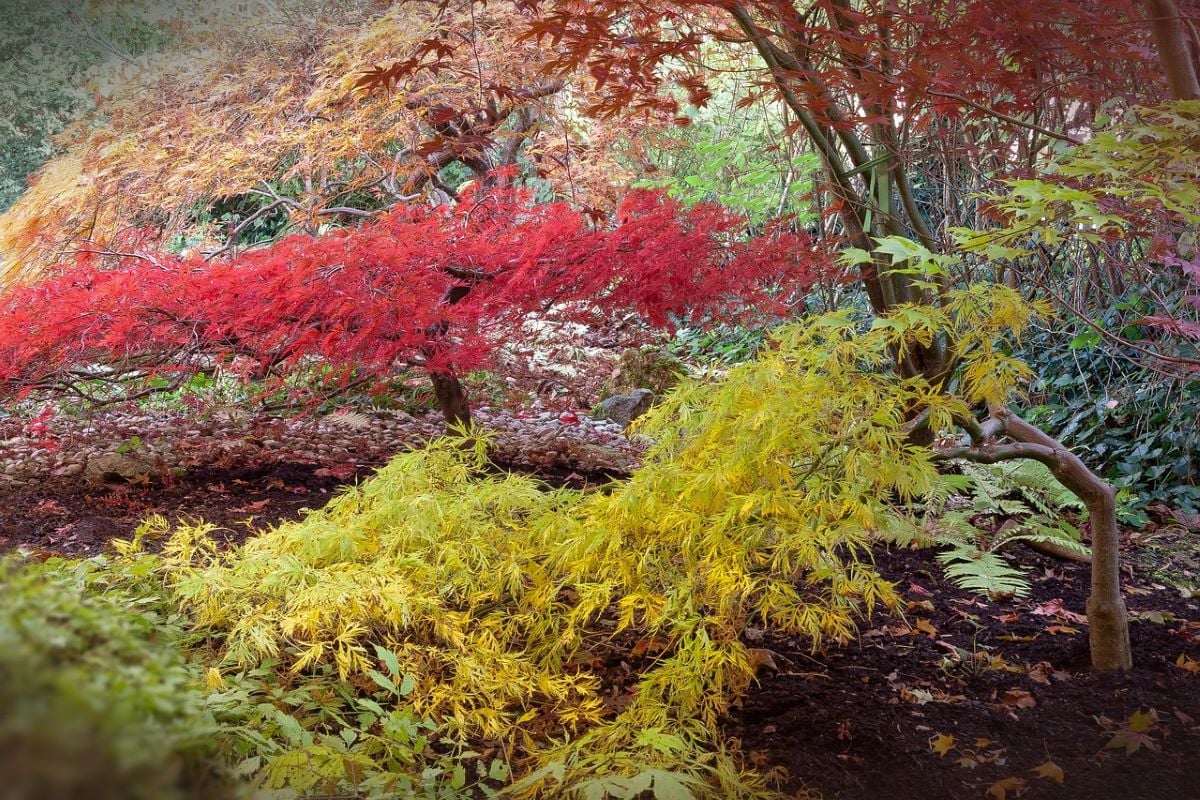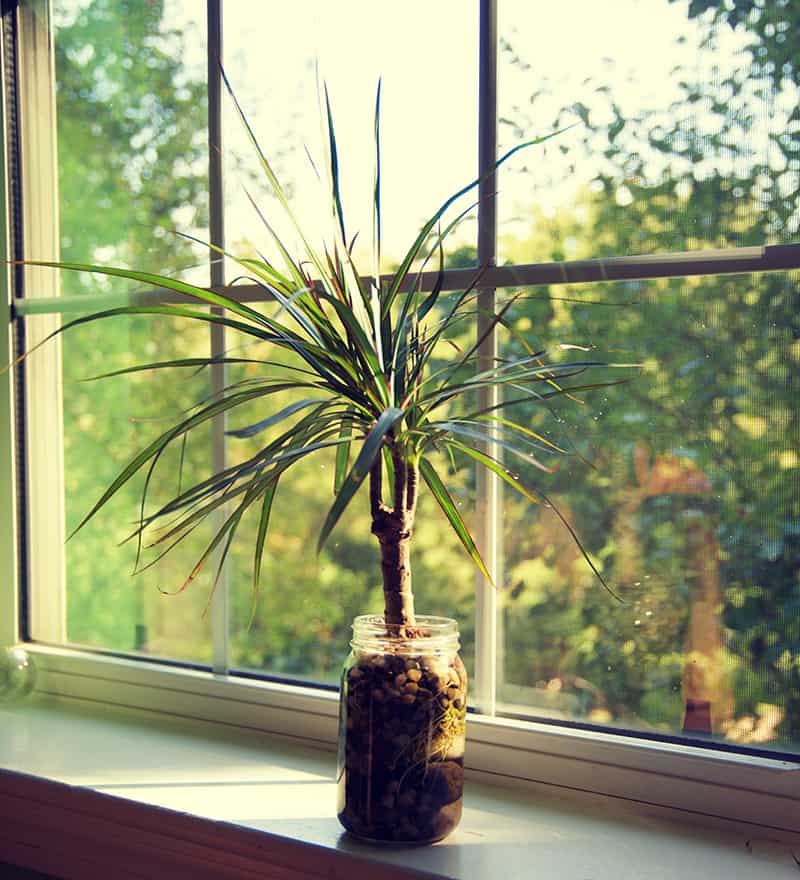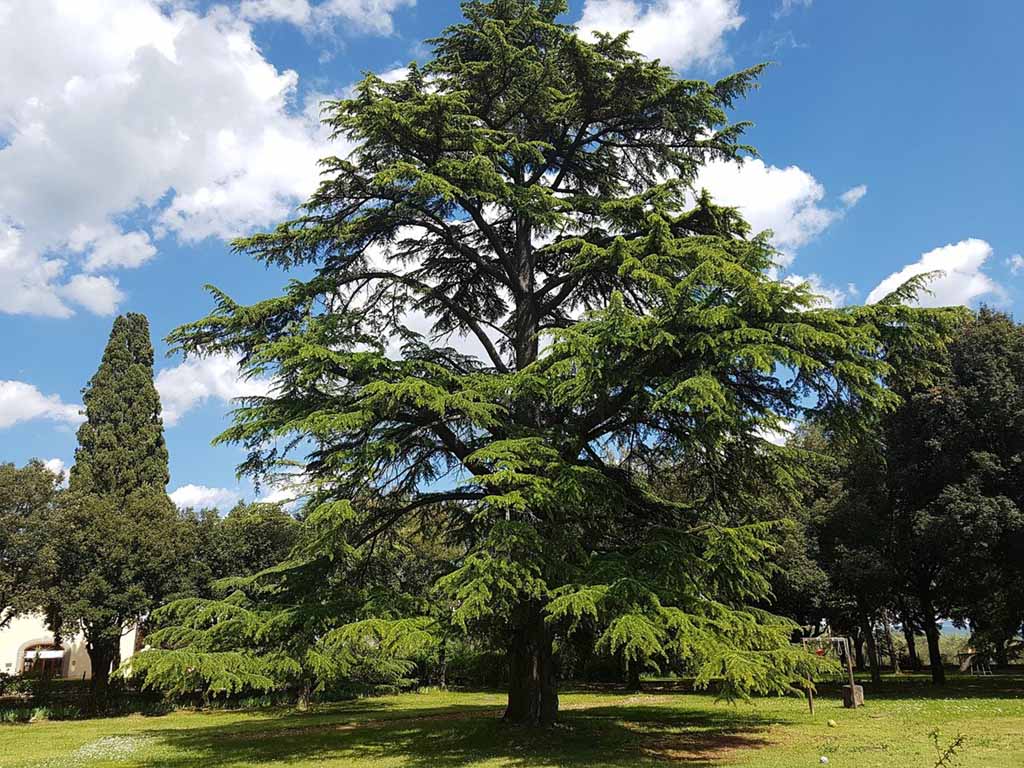- Home >
- Maple Trees
Maple Trees for Sale
Filters
Price Range
Growing Zones
Plant Type
Sunlight
Mature Height
Plant Characteristics
30 Results
-
Best SellerGrowing Zone(s): 4-9$129.95
$144.95Save up to 10% -
Growing Zone(s): 4-9$194.95
$229.95Save up to 15% -
Best SellerGrowing Zone(s): 3-8$164.95
$229.95Save up to 28% -
Best SellerGrowing Zone(s): 5-8$72.95
$79.95Save up to 8% -
Growing Zone(s): 5-8$174.95
$229.95Save up to 23% -
Best SellerGrowing Zone(s): 4-7$144.95
$229.95Save up to 36% -
Growing Zone(s): 5-8$119.95
$159.95Save up to 25% -
Best SellerGrowing Zone(s): 4-9$119.95
$124.95Save up to 4% -
Growing Zone(s): 5-8$63.95
$73.95Save up to 13% -
Growing Zone(s): 4-9$154.95
$169.95Save up to 8% -
Growing Zone(s): 4-9$159.95
$169.95Save up to 5% -
Growing Zone(s): 3-9$114.95
How to Grow Maple Trees
How to plant maple trees
Although you can plant a maple tree any time the ground isn’t frozen, early fall is the best time for planting, as they will begin to establish themselves until the ground freezes and then have winter to rest before actively growing in the spring. Choose a location with well-draining soil that gets full sun (six to eight hours daily) or close to full sun. Maple trees can grow to 100 feet tall, so keep them well away from buildings or overhead utility lines.
Dig a hole three times as wide and just as deep as your sapling’s root ball. Unpot or unwrap your tree and tease out any roots that are encircling the root ball, as they may suffocate the plant. Amend the soil at the bottom of the hole with compost, then place your tree so that the top of the root ball is even with the soil line. Fill in the hole with topsoil that’s been mixed with compost.
Tamp down the soil to eliminate air pockets and water your tree deeply. Add a layer of organic mulch around the base of the tree, being careful that it doesn’t touch the trunk. Mound the mulch into a low berm at the outer edge of the root zone so that the water will soak into the soil near the roots rather than running off.
How to achieve maximum results
Choosing the right site for your maple tree is the first step toward achieving maximum results. It may not seem that your tiny sapling could grow to great heights, but maples are a tall tree with a broad canopy, so give them lots of space to spread out. They like soil with a pH range between 5.0 and 7.0 — a quick soil test will tell you the pH level of your soil. Some maples are more shade tolerant than others, but generally maples will thrive as long as they have four or more hours of direct sun a day.
How to Care for Maple Trees
Watering and nutrients
Your sapling will need more water (about an inch or so a week) when newly planted. Once it is established and has worked its roots into the soil, you shouldn’t need to do supplemental watering unless you’re experiencing drought conditions. Keep your eye on the leaves, though — if you see wilting, that may be a sign that your tree needs more water.
Don’t fertilize your maple tree at planting time. Wait until the following spring, and then give it a feeding of a slow-release, balanced fertilizer. One annual feeding is sufficient. Adding a layer of well-rotted compost under the mulch once a year will also help spur growth.
Pollination
Maple trees produce small, pale flowers in the spring. These are wind pollinated, although nectar-loving insects such as bees may also visit the trees. The flowers fall from the trees by mid-summer, leaving behind v-shaped seed pods that are often called helicopters. These pods are spread by the wind and can travel quite a distance on a good updraft.
Pruning
Prune your maple tree in late winter, before the buds break. Remove any broken or diseased branches, as well as those that mar the tree’s form. Take out branches that are rubbing against each other as well. If the center of the tree seems crowded, take out a few branches to allow air and light to circulate freely through the tree.
Pests and diseases
Mites and pear thrips may bother your maple tree, as well as aphids. You can address these pests organically by purchasing ladybugs, which eat them and will also tackle scale infestations. A general insecticide will also help, although a healthy maple tree can fight off a minor infestation with no help.
Diseases of the maple include anthracnose and bacterial leaf scorch. The best way to handle anthracnose is to plant a resistant variety of maple, but spraying your tree with a copper fungicide will also help. Leaf scorch can be avoided with good horticultural practices — keep the area around your tree free of debris, ensure good drainage, and water at ground level.
